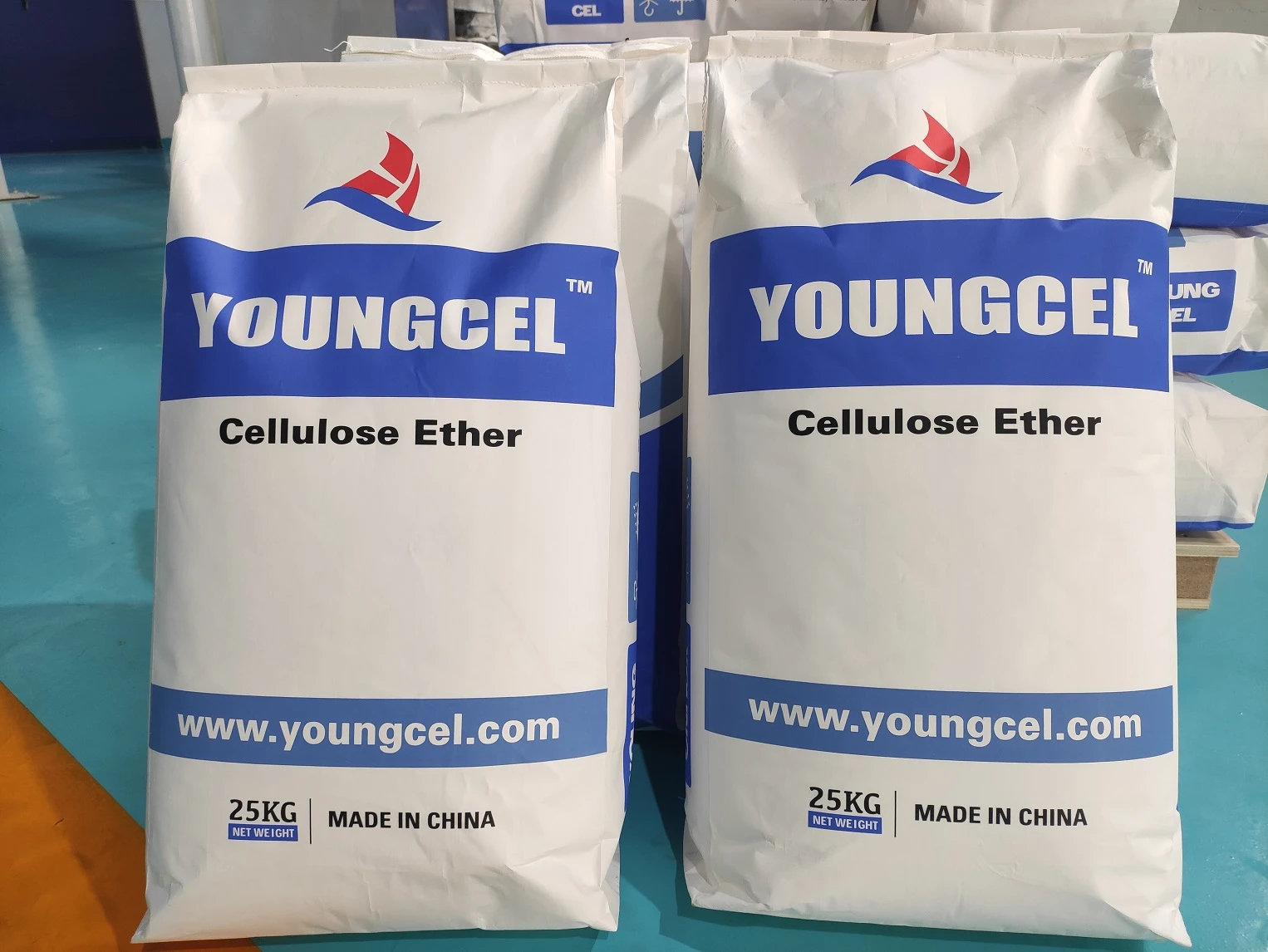The Role of Hydroxypropyl Methylcellulose (HPMC) in Chemical Adhesives
In the realm of materials science, adhesive technologies have garnered significant attention due to their crucial role in various industries, ranging from construction to pharmaceuticals. One particularly noteworthy component that has emerged in the formulation of chemical adhesives is Hydroxypropyl Methylcellulose (HPMC). This versatile cellulose derivative not only enhances the performance of adhesives but also contributes to the sustainability of adhesive products.
Understanding HPMC
Hydroxypropyl Methylcellulose is a non-ionic, cellulose-based polymer derived from natural cellulose through a series of chemical modifications. It is highly soluble in water, forming a clear solution that can be utilized in various applications. HPMC is classified as a thickener, emulsifier, and film-forming agent, making it an essential ingredient in the formulation of adhesives.
The unique properties of HPMC, such as its ability to provide viscosity, improve adhesion, and enhance film-forming capabilities, make it an invaluable additive in many types of adhesives. It can be used in both water-based and solvent-based systems, expanding its applicability in different formulations.
Enhancing Adhesive Performance
One of the primary roles of HPMC in chemical adhesives is to improve the overall performance of the adhesive system. By acting as a thickening agent, HPMC enhances the viscosity of adhesive formulations, which is crucial in controlling the application process. A viscous adhesive is easier to handle, reduces the risk of dripping, and allows for better control during application.
Moreover, HPMC contributes to the adhesion properties of adhesives. Its film-forming capabilities facilitate uniform spreading and establish a strong bond between substrates. The polymer creates a continuous film that enhances the adhesion between surfaces, which is particularly important in applications such as tile adhesives, sealants, and wall coverings.
In addition to improving adhesion, HPMC also influences the drying time of adhesives. Its water-retention properties help in preventing rapid evaporation, allowing for extended working time during application. This extended open time is beneficial when working with larger surfaces or in environments with varying humidity levels.
chemic adhes hpmc

Sustainability and Eco-friendliness
In recent years, there has been a growing demand for eco-friendly adhesive solutions due to increased awareness of environmental issues. HPMC is a natural polymer derived from renewable cellulose sources, making it an attractive option for sustainable product formulations. Its biodegradability and low toxicity levels also contribute to its eco-friendly profile.
Moreover, water-based adhesives formulated with HPMC significantly reduce the emission of volatile organic compounds (VOCs), which are harmful to both human health and the environment. This shift toward water-based systems aligns with global trends towards sustainability and reflects the industry's commitment to developing safer and more environmentally responsible products.
Applications of HPMC in Chemical Adhesives
HPMC is used in various adhesive applications across different industries. In the construction industry, it is widely utilized in tile adhesives, mortar, and plaster formulations. The addition of HPMC improves workability, enhances adhesion, and provides a longer open time for tile installation, ensuring a superior bond between tiles and surfaces.
In the packaging sector, HPMC is used in the formulation of adhesives for labels and cartons. Its ability to form strong bonds on various substrates, including paper, plastic, and metal, makes it a reliable choice for packaging solutions.
In the pharmaceutical industry, HPMC is utilized in the production of pharmaceutical adhesives for transdermal patches and controlled-release drug delivery systems. Its biocompatibility and favorable release characteristics make it an ideal candidate for such applications.
Conclusion
Hydroxypropyl Methylcellulose (HPMC) plays a pivotal role in the formulation of chemical adhesives, offering numerous benefits ranging from enhanced adhesion to improved sustainability. Its versatility and adaptability have positioned HPMC as a key ingredient in a variety of adhesive applications across several industries. As the demand for eco-friendly and efficient adhesive solutions continues to rise, the importance of HPMC in driving innovation and performance in adhesive technologies will undoubtedly grow. Embracing HPMC not only contributes to superior product performance but also aligns with a broader commitment to environmental sustainability in the adhesive industry.
-
A Comprehensive Guide to Methyl Ethyl Hydroxyethyl Cellulose: Applications and Industry InsightsNewsNov.24,2025
-
Understanding Methyl 2 Hydroxyethyl Cellulose: Uses, Benefits & Industry InsightsNewsNov.24,2025
-
Hydroxyethyl Methyl Cellulose HEMC: Industrial Uses, Benefits & Future TrendsNewsNov.23,2025
-
HEMC Cellulose: Versatile & Sustainable Industrial Polymer | YoungcelNewsNov.23,2025
-
Methyl Hydroxyethyl Cellulose: Versatile Building Block for Industry & SustainabilityNewsNov.23,2025
-
CAS 9032 42 2: Understanding Polyvinyl Alcohol's Impact on Industry & SustainabilityNewsNov.22,2025




